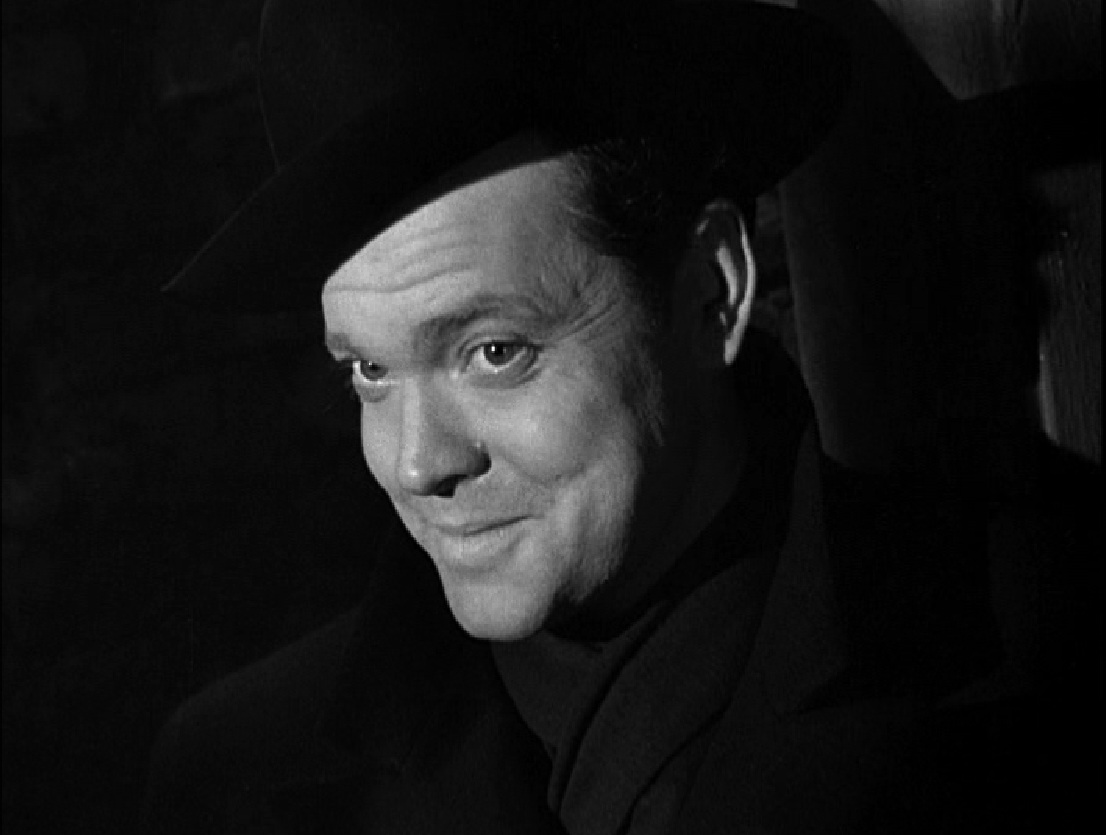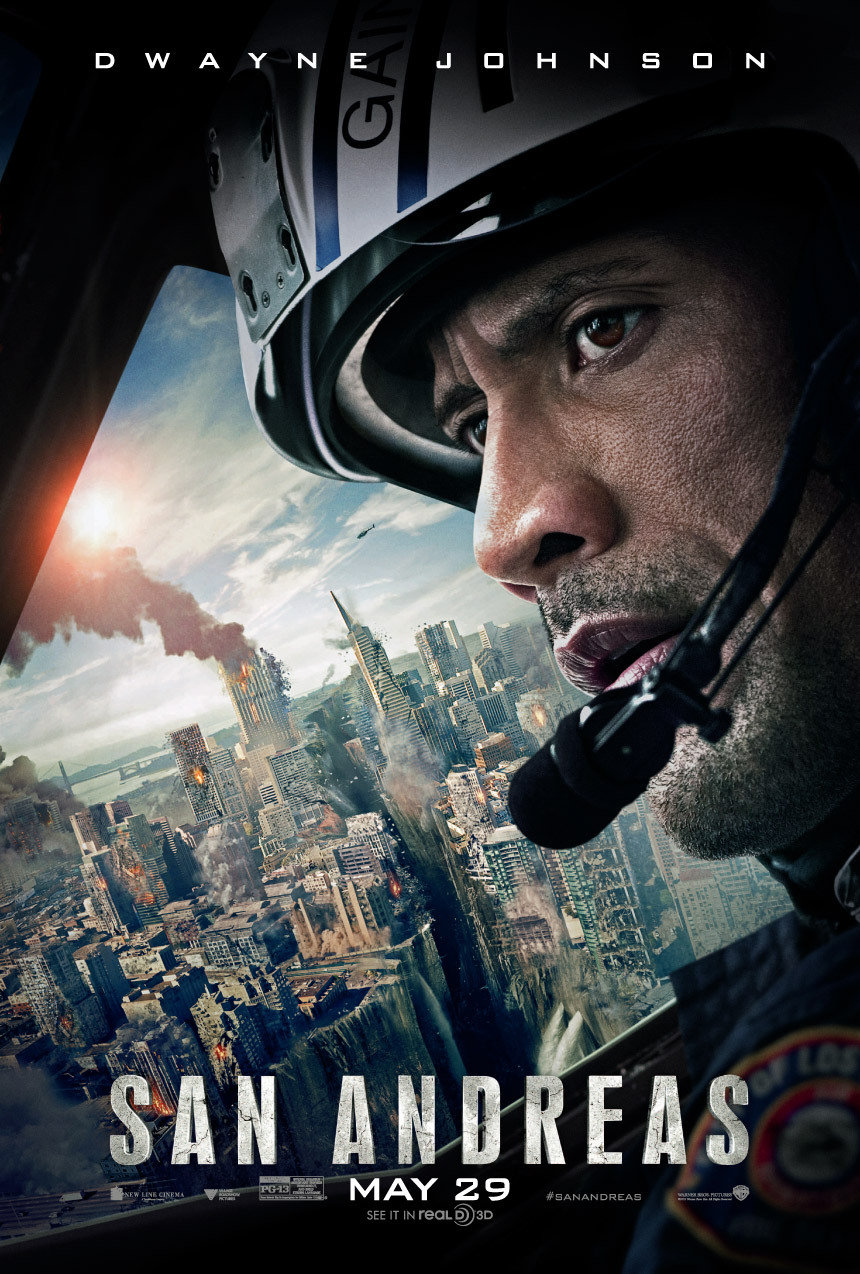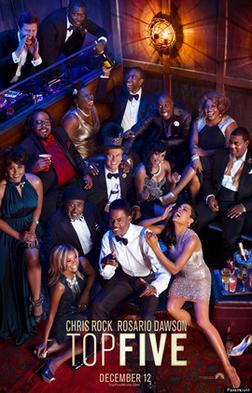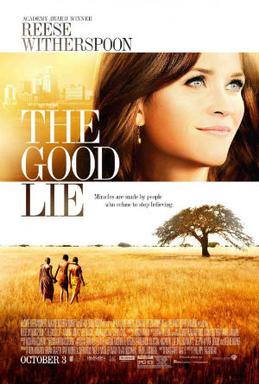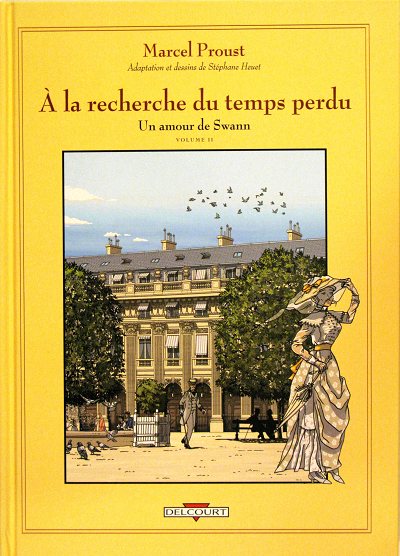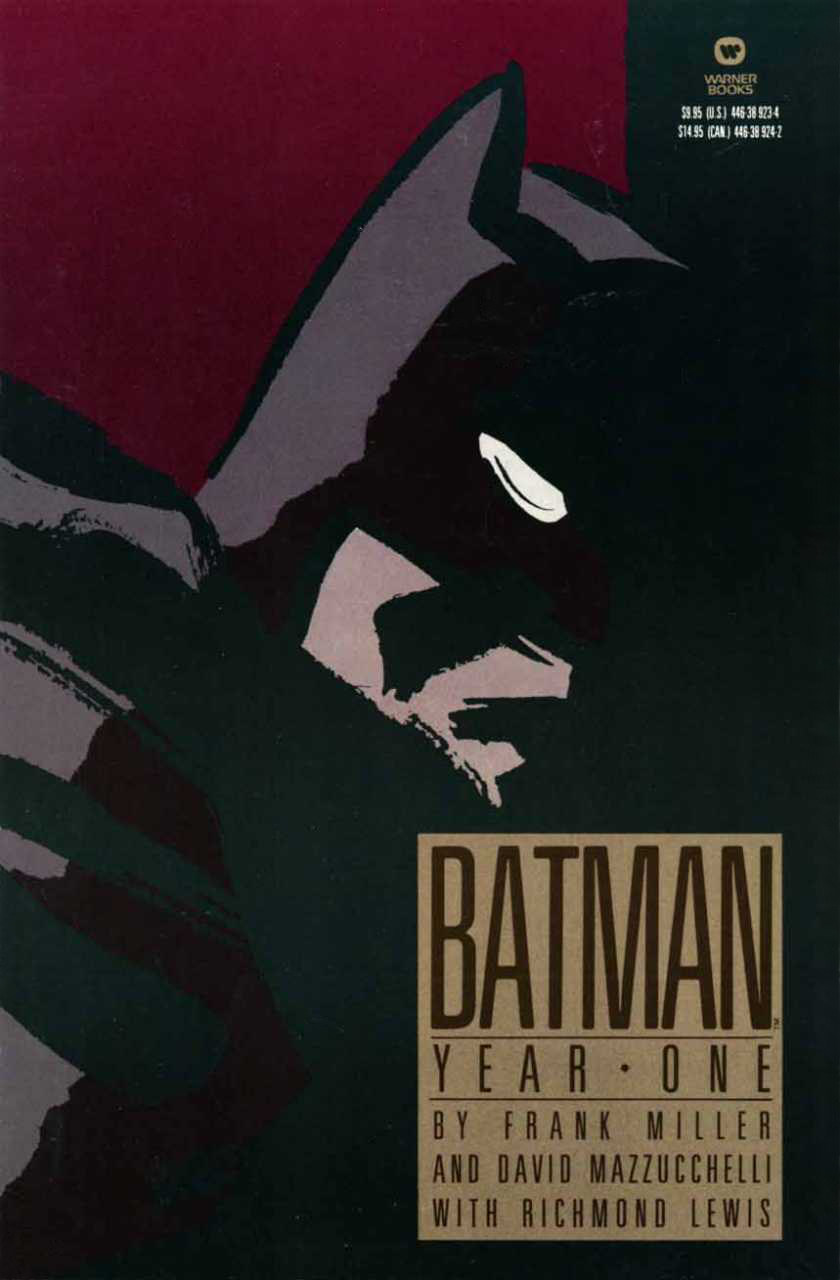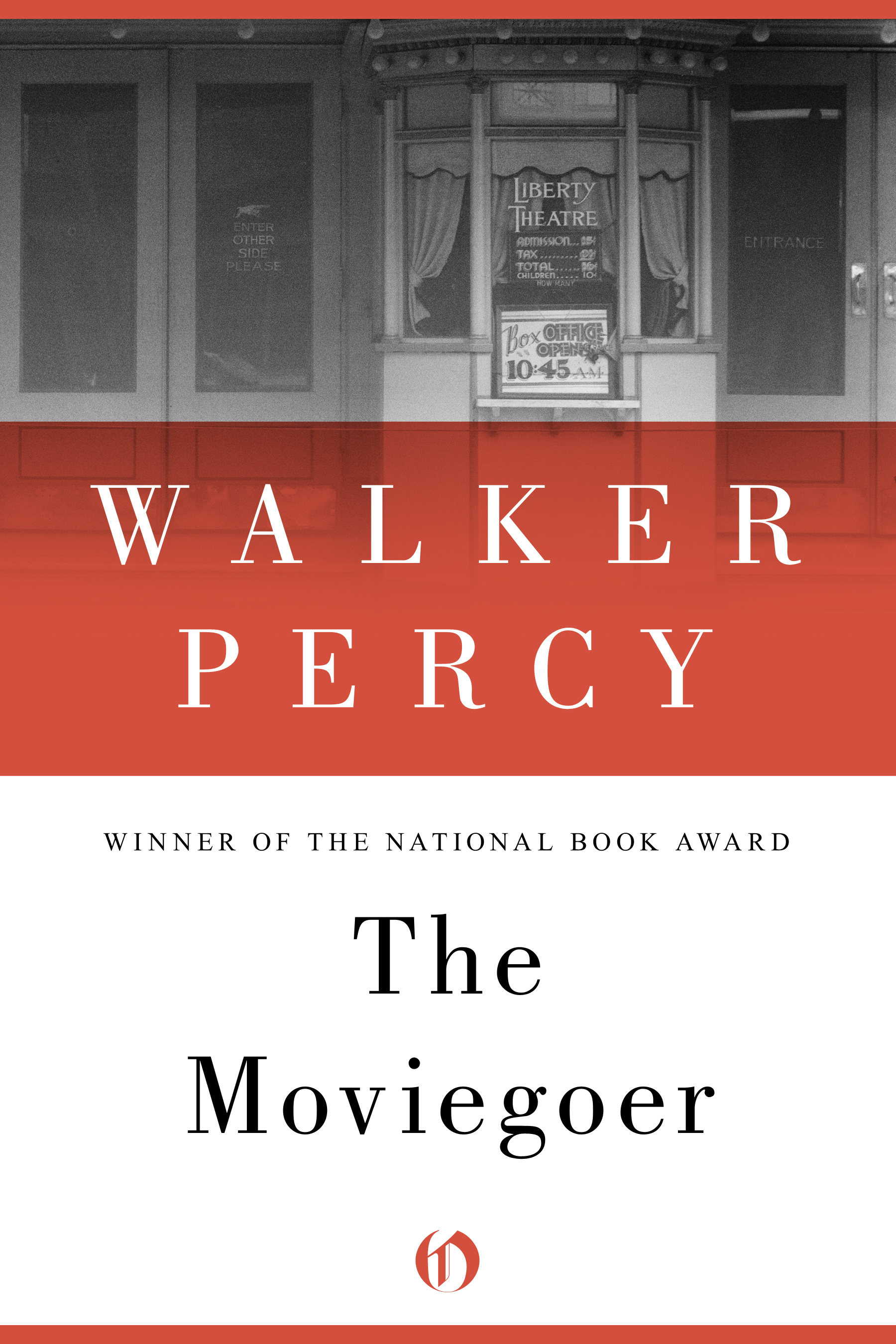 Drenched in Irish folklore, the film follows Ben and his
younger sister Saoirse. She is the last selkie, a creature who has the ability
to live on land as a human and live in the sea as a seal. The two siblings, who
have been relocated from their lighthouse-by-the-sea to the murky depths of a
city to reside with their grandmother, decide to journey back to their true
home. Ben, who resents Saoirse, (her birth resulted in the loss of their
mother), soon learns of her propensity to transform into her other self, and in
this newly found knowledge, he must work to save his little sister from the
clutches of Macha the owl witch and her myriad of minions (owls if you hadn’t guessed).
Drenched in Irish folklore, the film follows Ben and his
younger sister Saoirse. She is the last selkie, a creature who has the ability
to live on land as a human and live in the sea as a seal. The two siblings, who
have been relocated from their lighthouse-by-the-sea to the murky depths of a
city to reside with their grandmother, decide to journey back to their true
home. Ben, who resents Saoirse, (her birth resulted in the loss of their
mother), soon learns of her propensity to transform into her other self, and in
this newly found knowledge, he must work to save his little sister from the
clutches of Macha the owl witch and her myriad of minions (owls if you hadn’t guessed).
There is of course so much more to this film than the aforementioned synopsis, not solely in story, although it is worth mentioning Cú, the spectacularly loyal sheepdog, and the kindly gruff Brenden Gleeson as kindly gruff Conor, father to Ben and Saoirse, forever plaintive over the loss of his wife. ‘Song of the Sea’ though, is also rich in visuals and vividly creative. It’s a painting set in motion, a riveting reverie of fantasy combined with the simple reality of suffering. The film is varnished in sentiment, and this is to its credit, as the audience is enraptured by this as much as we are by the pastel coloured images on display. The recurring symbol of circles can be seen throughout, perhaps evoking the spiritual energy that the song of the sea provokes. Also, particularly in Celtic culture, circles were drawn as protective boundaries, which is likely the main reason they feature so dominantly. After all, one of the themes of ‘Song of the Sea’ is unity, it is ingrained in the inner workings of the piece, and the circular symbol of protection embodies such unity, such togetherness.
 Moore, along with his adept crew, embellished his original
idea by painting on it a distinct creative style, one that has no obvious
counterpart. It has flecks of Sylvain Chomet’s ‘The Illusionist’, but that is
about it. In tone of course, it reminded me of some of the Studio Ghibli
classics such as ‘Grave of the Fireflies’ and ‘Spirited Away’. On this record,
I believe Moore can be a luminary for future storytellers of fantasy film, both
in and out of the animation department.
Moore, along with his adept crew, embellished his original
idea by painting on it a distinct creative style, one that has no obvious
counterpart. It has flecks of Sylvain Chomet’s ‘The Illusionist’, but that is
about it. In tone of course, it reminded me of some of the Studio Ghibli
classics such as ‘Grave of the Fireflies’ and ‘Spirited Away’. On this record,
I believe Moore can be a luminary for future storytellers of fantasy film, both
in and out of the animation department. ‘Song of the Sea’ was nominated for Best Animation at the 2015 Academy Awards, losing out to ‘Big Hero 6’. For me, it should have swept away that board, as, after seeing it this week, ‘Song of the Sea’ can surely be justified as one of the most inventive and stunningly realised animations of the past decade.



